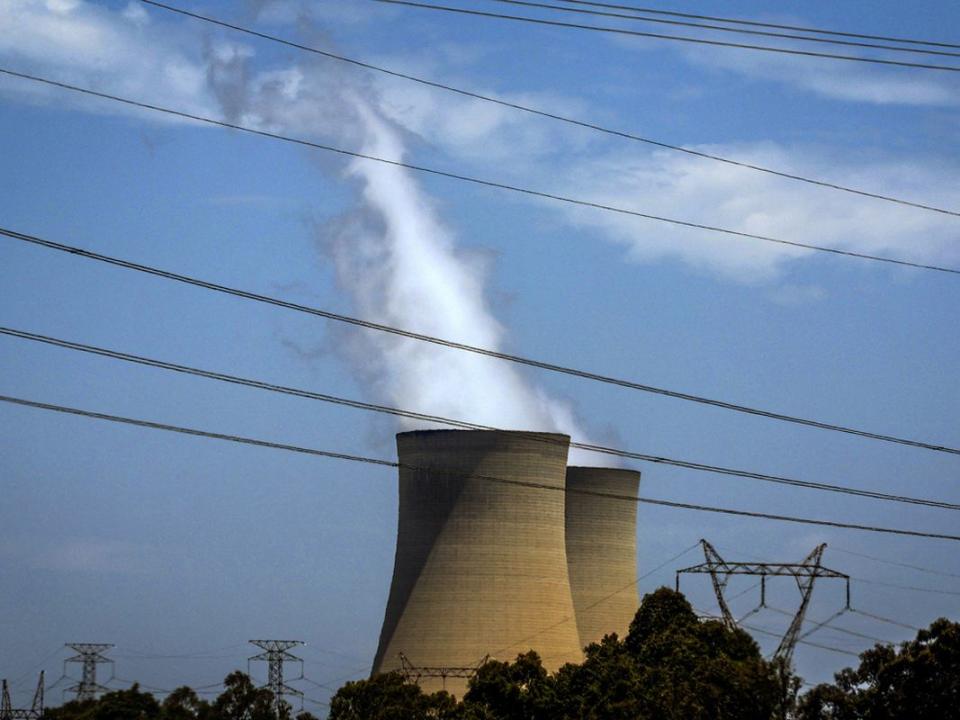Opinion: Achieving net zero targets neither feasible nor realistic

Canada and other developed countries have committed to achieving “net-zero” carbon emissions by 2050. Yet here at the midway point between the 1997 Kyoto Protocol, the first international treaty to set binding targets for cutting greenhouse gas emissions, and the looming deadline of 2050, there is good reason to doubt the feasibility of this ambitious transition.
Our new study published by the Fraser Institute demonstrates how the world’s dependence on fossil fuels has in fact steadily and significantly increased over the past three decades — this despite international agreements, significant government spending and regulation and some technological progress pushing in the opposite direction. In 2023 global fossil fuel consumption was 55 per cent higher than in 1997. The share of fossil fuels in global energy consumption has fallen only slightly, from nearly 86 per cent in 1997 to approximately 82 per cent in 2022.
Viewed through a historical lens, this sluggish pace of change is not surprising. The first global energy transition, from traditional biomass fuels (wood, charcoal, straw) to fossil fuels, started more than two centuries ago and unfolded gradually. Coal only surpassed global wood consumption in 1900; crude oil surpassed coal only in the mid-1960s; and natural gas has yet to surpass crude oil. Even today, the transition remains incomplete, as billions of people still rely on traditional biomass energy for cooking and heating.
The scale of the energy transition ahead is daunting. The 19th-century transition from wood to coal and hydrocarbons replaced about 1.5 billion tons of wood in total, equivalent to 30 exajoules. But the current transition will require at least 400 exajoules of new non-carbon energies by 2050. Generating this amount of clean energy would require the equivalent of about 22,000 projects worldwide each the size of British Columbia’s Site C or Newfoundland and Labrador’s Muskrat Falls.
Advocates for today’s mandated energy transition often overlook the complexity of energy transitions and their many challenges. Critical industries such as cement, primary iron, plastics and ammonia still rely heavily on fossil fuels, with no viable alternatives readily available for large-scale adoption.
The energy transition also imposes unprecedented demands for minerals vital for renewable energy technologies, such as copper and lithium, which require substantial time to mine and develop. According to the International Energy Agency, the widespread adoption of electric vehicles by 2040 will require more than 40 times more lithium and up to 25 times more cobalt, nickel and graphite than the world was producing in 2020. Assuming such scale is even possible, there are serious questions about whether mineral and metal production can expand nearly quickly enough to meet the 2050 deadline.
Transitioning to a net-zero carbon footprint also requires a massive overhaul of existing energy infrastructure, as well as development of new systems and technologies, all of which will be very costly. High-income countries (including Canada) would need to allocate between 20 and 25 per cent of their annual incomes (broadly measured as GDP) to the transition. That would create significant economic challenges for citizens in terms of living standards.
A final problem is that achieving decarbonization by 2050 hinges on extensive and sustained global cooperation, a difficult task given the conflicting political, strategic and economic interests of different countries. In 2024 it’s not easy to imagine how the major countries can coordinate their decarbonization efforts. The European Union and the United States are already reducing emissions. But China and India are still increasing their coal combustion and have decades of emissions growth ahead of them, while Russia’s economic stability depends on exporting fossil fuels. For their part, low-income African countries are expanding their fossil fuel consumption to build infrastructure and lift their citizens out of poverty.
After two centuries of rising global carbon emissions, the goal of zero carbon by 2050 faces significant economic, political and practical obstacles. Severing modern civilization’s reliance on fossil fuels may be a desirable long-term goal but it simply cannot be accomplished either rapidly or inexpensively.
Financial Post
Vaclav Smil is distinguished professor emeritus in the Faculty of the Environment at the University of Manitoba. Elmira Aliakbari is director of natural resource studies at the Fraser Institute.
Bookmark our website and support our journalism: Don’t miss the business news you need to know — add financialpost.com to your bookmarks and sign up for our newsletters here.

 Yahoo Finance
Yahoo Finance 